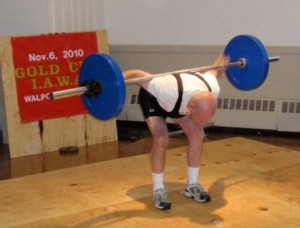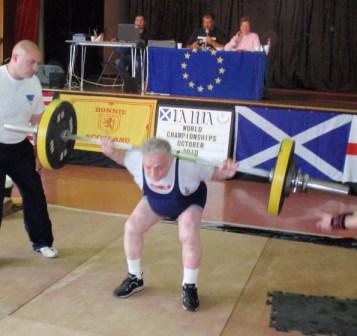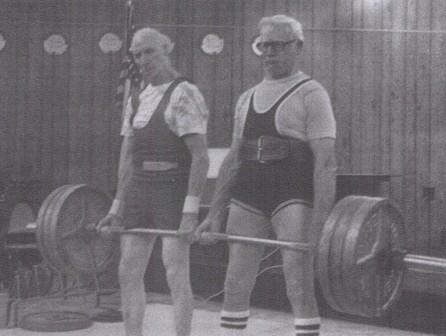Would you like your records?
by Al Myers
Joe Garcia, the OFFICIAL USAWA RECORD DIRECTOR, has notified me that he will provide anyone’s individual records to them if they want them. This will allow you to see what USAWA Records you actually have! Joe has worked hard on the Record List lately and has it completely up to date. Please contact Joe directly at jgarcia@usawa.com to request your list.
Joe also sent me a listing of the prior USAWA events which contain OVER 100 USAWA Records. Of course, this is the records still on the books. Very likely more records were set or established at the time, but have been broken since. We have no way of identifying the number of records SET at the time of these old meets. Just like the old saying goes “records are meant to be broken” – once gone they’re gone. But it is still very interesting in seeing which events have the most. To date, over 100 USAWA Records are in the Record List from 9 competitions – and very fitting the number one competition is the 1995 IAWA World Championships in Eastlake, Ohio directed by Howard Prechtel!
USAWA Events with Over 100 Records
1. 151 Records – 1995 IAWA World Championships in Eastlake, Ohio
2. 139 Records – 1991 IAWA World Championships in Collegeville, Pennsylvania
3. 125 Records – 2003 USAWA National Championships in Youngstown, Ohio
4. 119 Records – 2004 USAWA National Championships in Lansdale, Pennsylvania
5. 119 Records – 2005 USAWA National Championships in Youngstown, Ohio
6. 113 Records – 2002 IAWA World Championships in Lebanon, Pennsylvania
7. 111 Records – 1999 USAWA National Championships in Ambridge, Pennsyvania
8. 109 Records – 2010 JWC Record Breakers in Kirksville, Missouri
9. 106 Records – 1990 USAWA National Championships in Akron, Ohio


